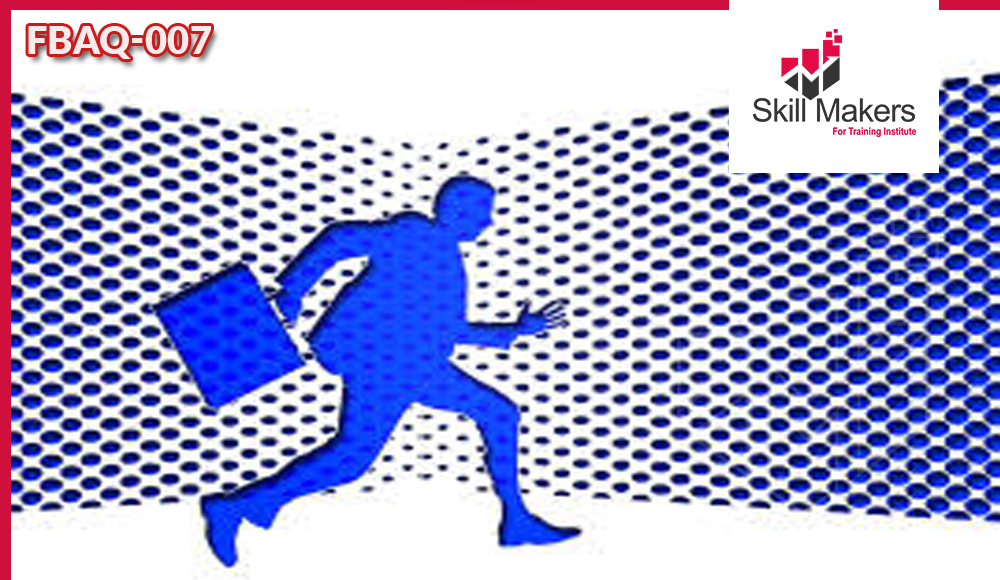-
Course Code
FBAQ-007

TOGAF® for Practitioners - Level 2
- Course focuses on the practical application of TOGAF™ 9 framework, building on the foundational Skill Makers and comprehension of Level 1, using practical scenarios to enforce concepts. The purpose of certification for TOGAF 9 Level 2, known as TOGAF 9 Certified, is to provide validation that in addition to the Skill Makers and comprehension of TOGAF 9 Foundation, the candidate can analyze and apply this Skill Makers . The learning objectives at this level therefore focus on application and analysis in addition to Skill Makers and comprehension.
Learning Outcomes
- How to apply Architecture Governance in development of an enterprise architecture
- How to apply the TOGAF Architecture Content Framework
- How to apply the concept of Building Blocks
- How to apply the Stakeholder Management Technique
- How to apply the TOGAF Content Metamodel
- How to apply TOGAF recommended techniques when developing an enterprise architecture
- The TOGAF Technical Reference Model and how to customize it to meet an organization’s needs
- The Integrated Information Infrastructure Reference Model
- The content of the key deliverables of the ADM cycle
- How an enterprise architecture can be partitioned to meet the specific needs of an organization
- How to apply iteration and different levels of architecture with the ADM
- How to adapt the ADM for security
- The role of architecture maturity models in developing an enterprise architecture
- The purpose of the Architecture Skills Framework and how to apply it within an organization
Course Contents
- The TOGAF® 9.1 Components
- An Introduction to the Architecture Development Method
- The Enterprise Continuum
- The Architecture Repository
- The Architecture Content Framework
- The Architecture Content Metamodel
- The Preliminary Phase
- Architecture Governance
- Business Scenarios
- Stakeholder Management
- Architecture Views and Viewpoints
- Building Blocks and the ADM
- Phase A: Architecture Vision and Implementation Support Techniques
- Phase B: Business Architecture
- Phase C: Information Systems Architectures
- Phase C: Data Architecture
- Phase C: Applications Architecture, and the III-RM
- Phase D: Technology Architecture and Foundation Architecture
- Phase E: Opportunities and Solutions and Planning Techniques
- Phase F: Migration Planning and Techniques
- Phase G: Implementation Governance
- Phase H: Architecture Change Management
- ADM Requirements Management
- Architecture Partitioning
- Guidelines for Adapting the ADM: Iteration and Levels
- Guidelines for Adapting the ADM: Security
- Guidelines for Adapting the ADM: SOA
- Architecture Maturity Models
- Architecture Skills Framework
Our Methodology
- Make coaching and monitoring innovative and using modern
- Media training also using on the go training by using interactive means and focusing on
- The exercises, practical applications and real situations study
- Live delivery method, instructor-led training
- Experienced consultant, trainers, and professional
- Qualified trainer with high-level experience
Attendance Reports
- Send daily attendance reports to training departments
- Send full attendance report to training dep. by the end of the course
- Attend 100 % from the course days also provide daily
- Issue attendance certificate for participant who attend minimum 80% from the course duration
Pre/Post Reports
- Pre- assessment before starting training
- Post assessment after finish training
- Full report for the deferent between Pre-& Post assessment
Who Should Attend
- Individuals who require a basic understanding of TOGAF 9
- Professionals who are working in roles associated with an architecture project such as those responsible for planning, execution, development, delivery, and operation
- Architects who are looking for a first introduction to TOGAF 9
- Enterprise Architects, their operational partners (Business Architects, Solution Architects, Project Managers and Sales Teams)
- Executive Stakeholders
